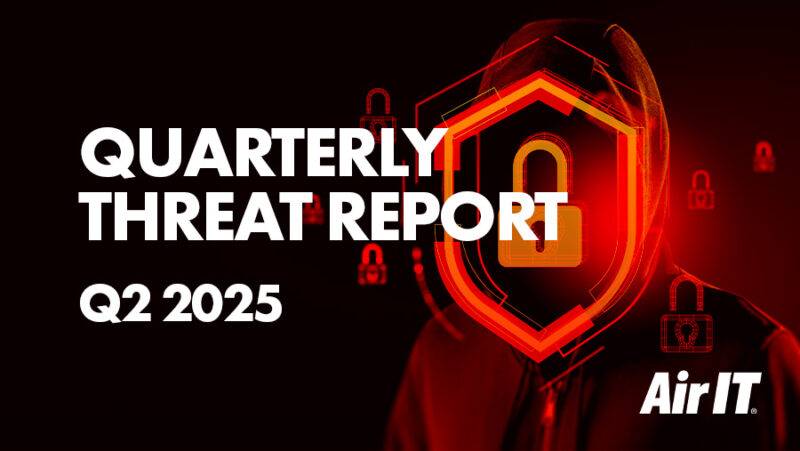Employers all over the world are now embracing remote working, many for the first time, and it looks like this new wave of workforce is here to stay. We’ve shared the steps you can take to develop an effective and sustainable strategy that will minimise disruption and keep your employees productive.

Whether you’re just getting started or you’re a regular home worker, all business leaders must now ensure they have the appropriate measures and strategies in place to support employees outside the physical boundaries of the office. Without doing so, you won’t experience the full benefits that a remote environment can bring.
To help you respond to this sudden shift in our working patterns, we’ve shared how you can prepare for remote working, both now and in the future.
Identify who can work remotely
The first step is to identify who can work remotely and who needs to stay on site. Whilst it might initially seem possible for everyone to work from home, it’s worth checking your compliance and security requirements, as these often require certain job functions to work in secured areas.
You’ll also need to determine your employees’ ability to work remotely, including whether they have access to a laptop or computer and an adequate internet connection. You may also need to provide support to employees to ensure any new equipment or technology is correctly set up. This will need to be continually reviewed as roles change within your team and as employees come and go.
Assess your resources
Implementing the right tools and systems to support your remote workforce from the off is extremely important. Have a look at whether your current resources and tools are enough to support your new remote workforce. If not, identify exactly where the gaps are, and which software or tools will best fill these.
Microsoft Teams is our go-to collaboration tool, both inside and outside the office. With instant message, video and audio calls – as well live document collaborating and file sharing, and much more – Teams is the perfect solution to support your ongoing needs. Discover six key features of Microsoft Teams.
The good news is that Microsoft Teams is free for up to 300 users – but it’s always worth investing in the best tools to support your specific remote working needs.
Prioritise your goals
The move from managing your team in the office to managing them remotely can be a difficult one for even the best managers. Establishing your priorities and goals will alleviate this struggle and make sure everyone is working towards a common purpose.
Set up a call weekly, daily or as often as needed with your team to outline what each team member is working on for that period of time.
Test your Business Continuity Plan
Even if you’ve already implemented remote working for your business, this step is still just as important. Testing your business continuity plan should be conducted routinely to assess how your systems are working and identify any improvements that need to be made.
Your test should establish if your IT infrastructure can handle the number of staff working from home, how much support would be required for homeworkers, and any extra equipment that may be needed to ensure your staff can work as normal from wherever they are.
Trust your team
Above all else, trust is the pillar to remote working. Without it, your strategy will fall flat on its face. By showing you trust your team, you’ll benefit from a boost in productivity and morale, and see better results.
Ready to take your remote working to the next level?
We provide strategic guidance and advice to help organisations develop their business continuity plans and strengthen remote working. Get in touch today to speak to an expert and discover how we can help your business.




